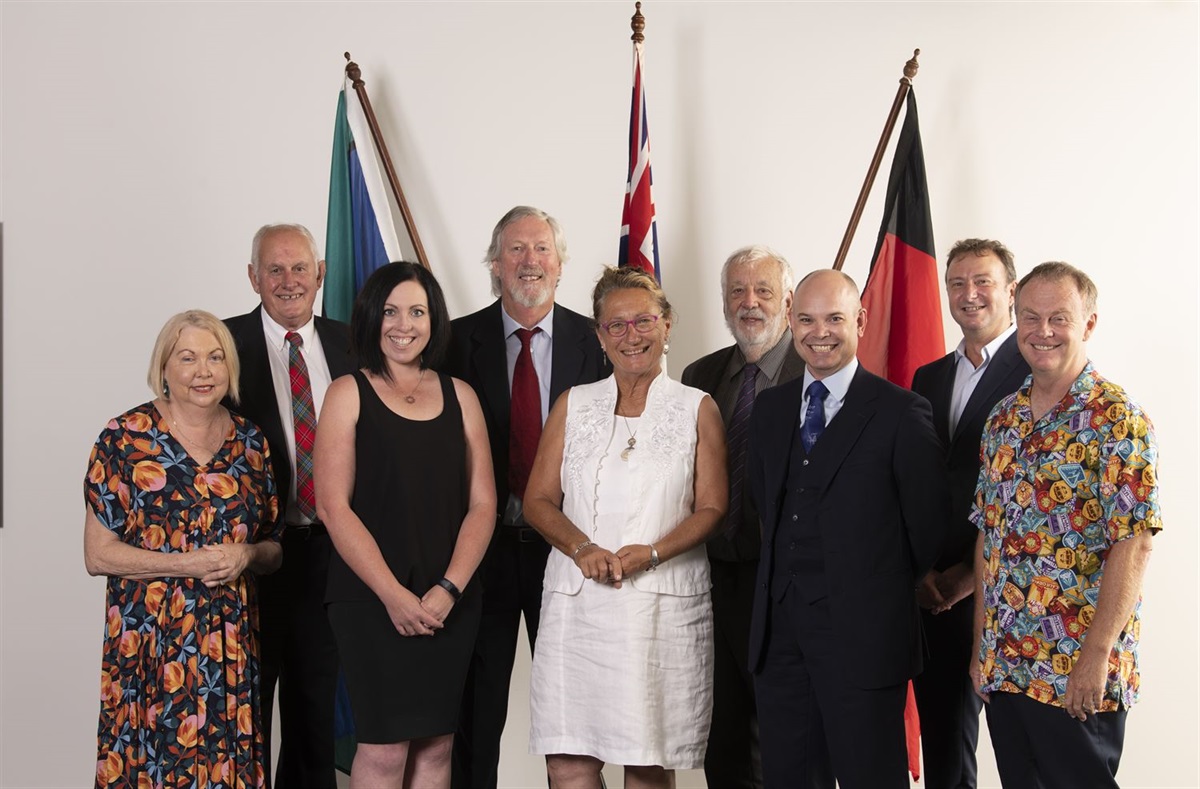The Queensland Government’s plans to recover overfished east coast Spanish mackerel stocks are half baked and could see the stock pushed to the point of collapse, the Australian Marine Conservation Society (AMCS) says.
Two options put forward by Fisheries Queensland are now out for public consultation after a recent assessment found Spanish mackerel stocks are at an historic low of 17% of unfished levels.
AMCS Queensland fisheries expert Simon Miller said both options would be disastrous for the stock and would result in the government missing recovery targets for overfished species set out in its own Sustainable Fisheries Strategy.
“Spanish mackerel are heavily overfished, but under both management options, the Queensland Government still wants to let commercial and recreational fishers pull out more than 300 tonnes of this species. If this is how the Government thinks they will get a sustainable fishery they are in dreamland,” said Mr Miller.
“According to the current stock assessment, to reach the Sustainable Fisheries Strategy target of building fish stocks up to 60% of their unfished levels, fishers shouldn’t be taking 300 tonne until the stock is up at 46-48% of unfished levels. Spanish mackerel currently sits at 17%.
“The Queensland Government shouldn’t be allowing fishing of the spawning aggregations of Spanish mackerel that take place in Great Barrier Reef waters between September and November. The partial closures laid out in the management options set a dangerous precedent of opening up seasonal closures for fishing for one week every month, which clearly won’t provide the necessary protection to these vital spawning aggregations.
“The Queensland Government also proposes dropping the ball when it comes to reassessing the stock. Under the current proposals, it won’t conduct another stock assessment until 2026/27, probably because they don’t expect to see any recovery from these measures in the next few years. According to its own Sustainable Fisheries Strategy, key stocks should be assessed annually or at least every two years.
“If the Queensland Government is concerned for the sustainability of this fishery and the commercial fishers who make their living from it, much more stringent measures are needed. To give this fishery a hope for future sustainability, it must be closed for two years until it recovers to above 20% of unfished levels, and then fishing should be gradually reintroduced until the stock reaches healthy levels again.
“But with that seemingly ruled out, the Queensland Government needs to go back to the drawing board. At the very least we need to see a full 12 week closure during the spawning aggregations and much more significant reductions of fishing than are currently proposed to recover the fishery within 10 years.”
Unfortunately this mismanagement of fisheries is all too familiar for Queenslanders. Mr Miller said a similar gradual approach to recovering saucer scallops has resulted in very little recovery of the stock, six years on from the initial discovery of its overfished status.
“We are at a turning point in Queensland’s Sustainable Fisheries Strategy,” he added. “If the Government truly wants to leave a legacy of sustainable fisheries for our children and grandchildren, they will need to do much much better than these half baked approaches.
“This isn’t good enough for fishing within our Great Barrier Reef World Heritage Area. We need to be doing all that we can to improve the resilience of our Reef, which means quickly recovering fish stocks to healthy levels, cutting water pollution and tackling climate change.”








